Metaverse is shaping up as the next step in digital evolution.
With the recent change of Facebook to Meta, most of us have come across the term ‘metaverse’ for the first time.
But ‘metaverse’ has actually been around since 1992. It was first coined by Neal Stephenson in his sci-fi novel Snow Crash, where the protagonist Hiro lives as an avatar in a virtual world. There, he socializes, shops, and even fights enemies.
We might be headed in the direction of Hiro’s virtual world. Concerts with friends, fencing with Olympic athletes, and having fun company meetings, these are just some of what Mark Zuckerberg envisions for the metaverse.
There’s no definitive outlook for metaverse just yet. All we know is that it’s a virtual reality where we can travel seamlessly, buy and sell virtual goods– or simply put, a virtual digital economy.
How Metaverse will shape the future of work
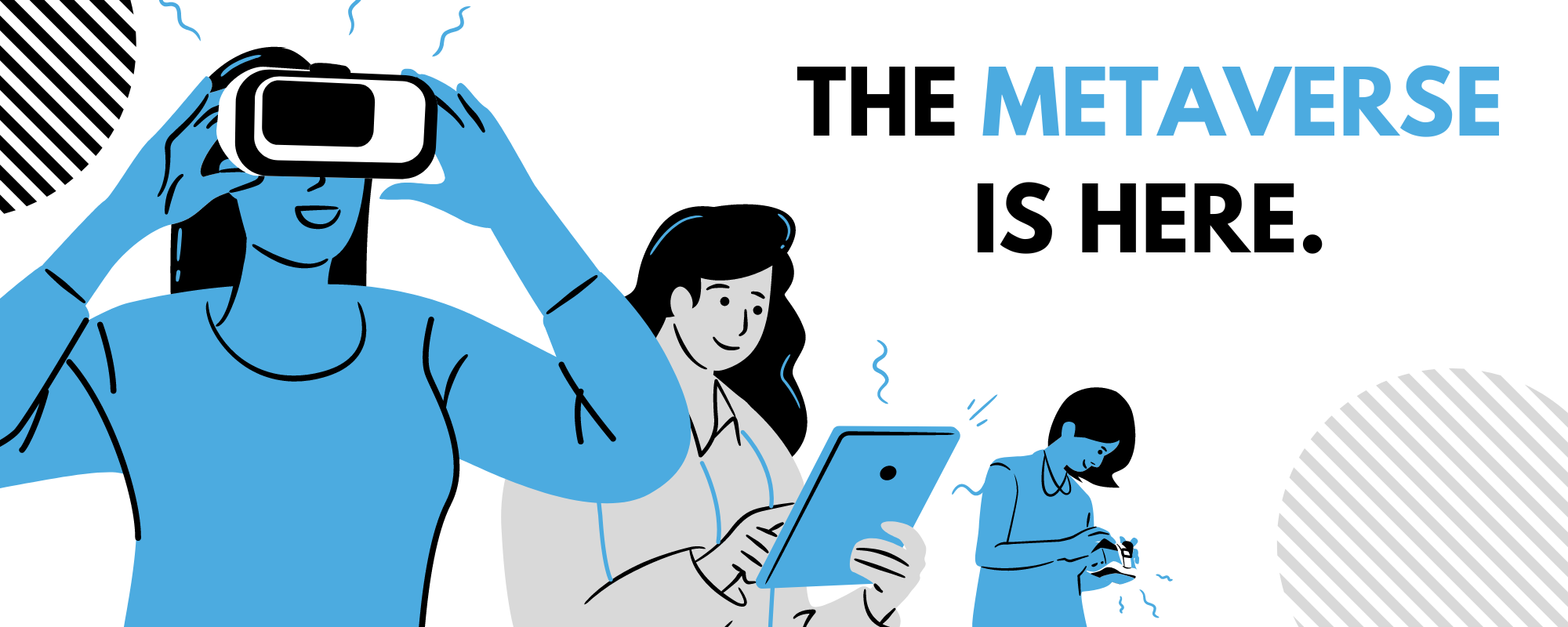
The virtual world of metaverse can become a game changer for everyone. It’s most likely to become a lucrative industry, possibly disrupting the traditional ways of work and creating currently nonexistent jobs.
Many tech companies will build their own version of the metaverse, so as early as now, it’s important for business leaders to understand the potential ways it can impact the nature of work.
Creating a human connection in remote jobs
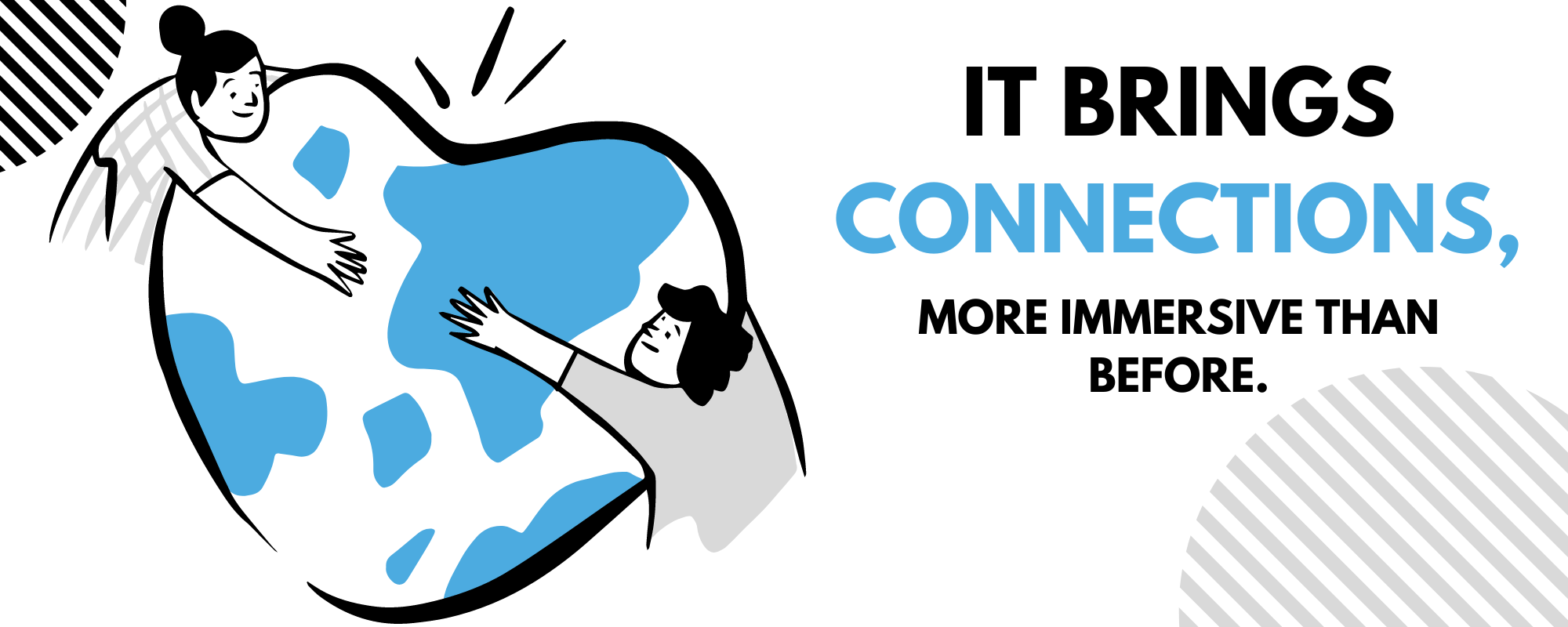
Zoom and Google Meet proved to be important in bringing people together especially during the pandemic. From online classes to business meetings or just hanging out together, these technologies established new standards for people to connect, collaborate, and create.
Remote working rose steeply and it’s here to stay. It’s all the more important to optimize teamwork between people across distances.
The metaverse can be used to build more ‘human connections’ by creating a more immersive environment.
This 2022, Microsoft is preparing for the rollout of Mesh for Microsoft Teams. Instead of static videos and awkward real-time faces, Mesh upgrades communication through customized avatars and productivity tools to increase engagement.
Just imagine how cool it is, working on projects together with holographic avatars! Users can have a pin board on one side, the project on the table, or even both. It will make people feel as though they’re working together physically.
Revolution of entertainment
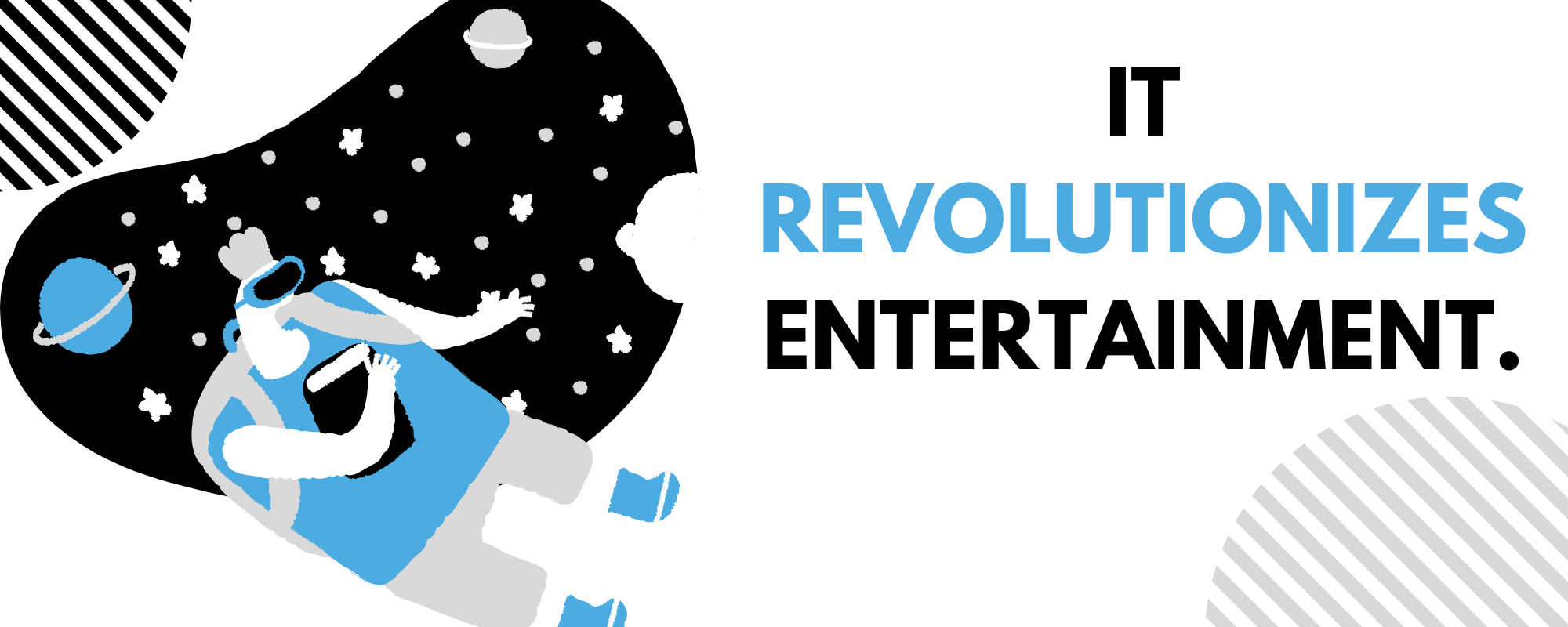
Games have laid the foundation for the metaverse with their virtual reality experience.
Fortnite has hosted virtual concerts with thousands of people who attended as avatars.
Likewise, Roblox also has its virtual concerts and even allows you to conduct meetings or just hang out with your friends.
Metaverse will restructure the entertainment industry. Concerts, conventions, and the esports industry will all provide an enhanced experience for everyone.
Brands could upgrade their marketing strategies by creating virtual experiences tailored to their brand identity. Ads can just be as simple as banner ads in the virtual world or can be immersive, depending on your creativity.
Increase and emergence of more digital goods
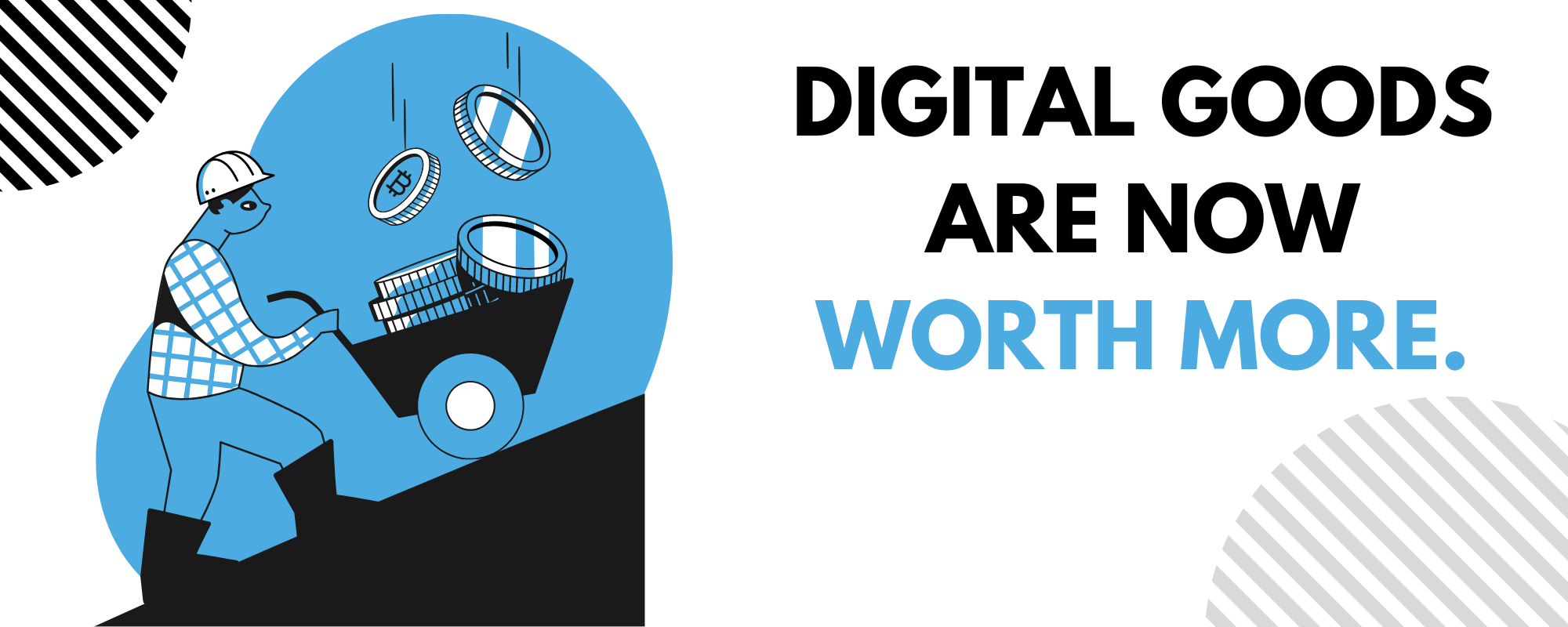
Aside from movies, books, files, apps and art pieces, the metaverse opens new ways of owning digital assets. In the future, ecommerce will be powered by blockchain applications that can support an economy of user-owned crypto assets and data.
As of now, some companies, including banks, have already started dipping into the metaverse.
Luxury brand Balenciaga collaborated with Fortnite to produce a collection of skins for the characters. They set up Balenciaga virtual stores where the players could shop just as they would in reality, recreating a physical experience. Alongside the digital Balenciaga skins, they released physical offerings available in a limited time.
Similarly, Vans ventured into the metaverse by hosting a skate event in Roblox, called Vans World. In the event, the fans can practice flips and ollies in customized shoes and apparel. The clothes that they designed can then be purchased and worn in real life.
A seamless omnichannel experience from digital to physical is a great way to amp up products and services and boost customer attraction and retention. Many businesses are starting to see it and take advantage.
The rise of more technical jobs
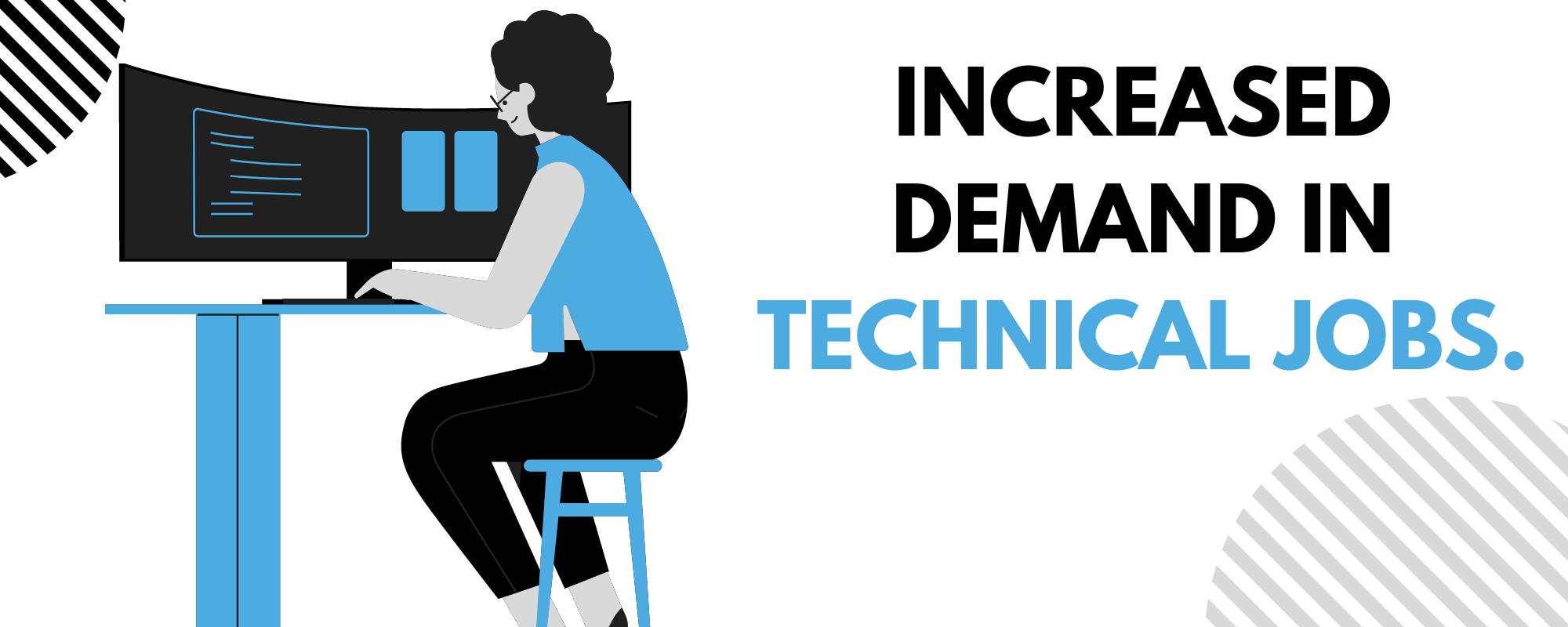
Metaverse requires strong AR, VR, AIs, and blockchain technologies.
And since the metaverse is decentralized, many VR and tech startups will be on the rise.
New forms of content will be on demand, so there will be large opportunities for content creators and designers for digital assets like clothing, architecture, and objects. Graphic designers will switch to 3D modeling tools.
Metaverse will have its own marketing– metaverse marketing. Since the metaverse is generational, leaning towards millennials and Gen Zs, marketers should keep them in mind while understanding the brand and the right metaverse for it.
For an omnichannel experience, digital support specialists will be equipped with how the metaverse works to provide technical assistance to users. Social media, real world or in the metaverse, will also need better, faster engagement, monitored by specialists for prompt replies and real-time responses with current events.
A Metaverse for every organization
After digital, metaverse is next. How would enterprises adapt?
Everyone in an organization, especially the leaders and architects, need a ‘platform vision’. To successfully translate the organization to a metaverse, leaders would need to hire metaverse ecosystem experts with extensive knowledge about blockchain, AI, high-speed networks, data analytics, and other related tech.
The architects will then have to collaborate with transdisciplinary teams consisting of metaverse marketers, and branding and innovation experts.
Storytelling will be at the forefront of a good virtual experience. Creating compelling stories or relatable content along with an easy to use design will give the brand its foothold in the metaverse.
There will be a lot of redesign of the organization’s products or services, so it’s important for the organization to create a seamless experience for every step of the customer journey.
With the opening of metaverses, organizations are responsible for their users’ welfare.
Along with tech experts, cross-functional teams will also include mental health experts to make sure that the metaverse has an accessible design, inclusivity, and sound ethics.
Metaverse is a not-so-distant future
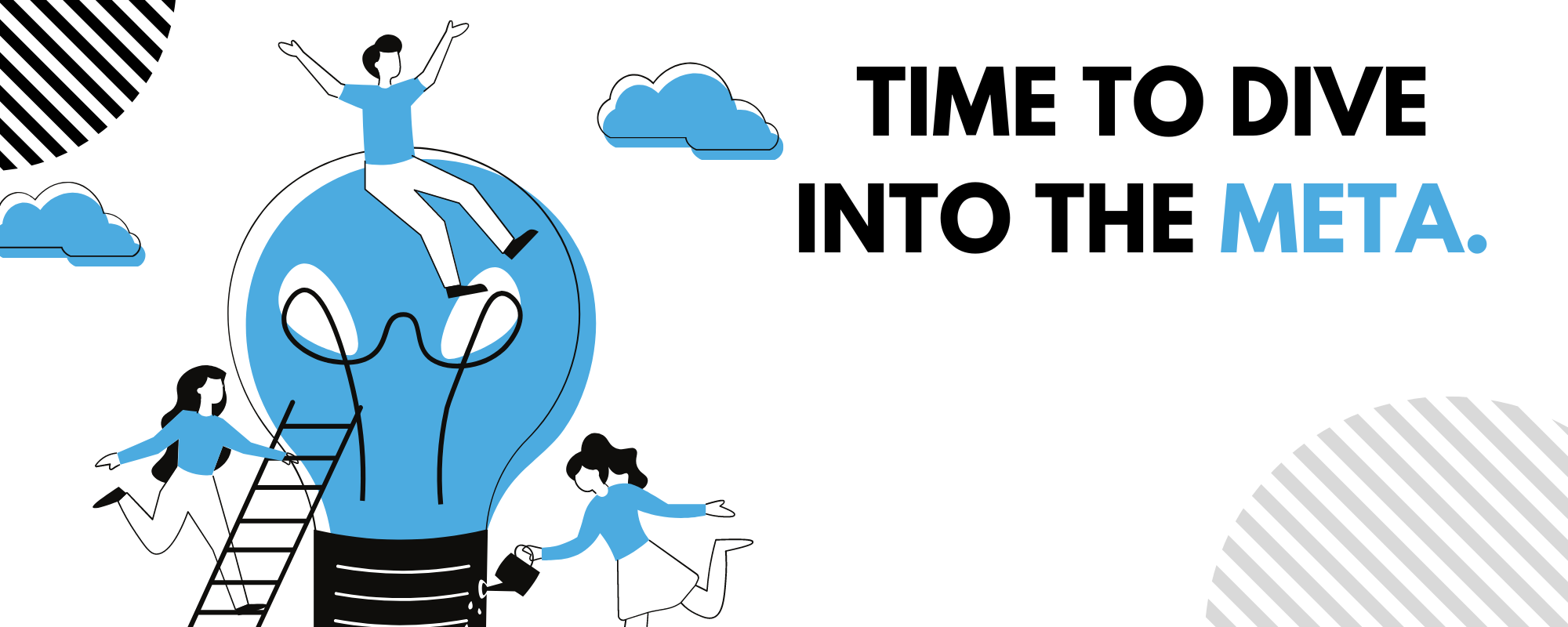
Metaverse still needs time and talent to fully mature. Many digital improvements will have to be made and technologies to be improved. But right now, tech companies and brands would do well to start planning and integrating its elements to their products and services.
We’re slowly shifting to the metaverse day by day, but one thing will always remain for all brands– it is to provide a consumer-centric approach for users. It’s the experience that sells.